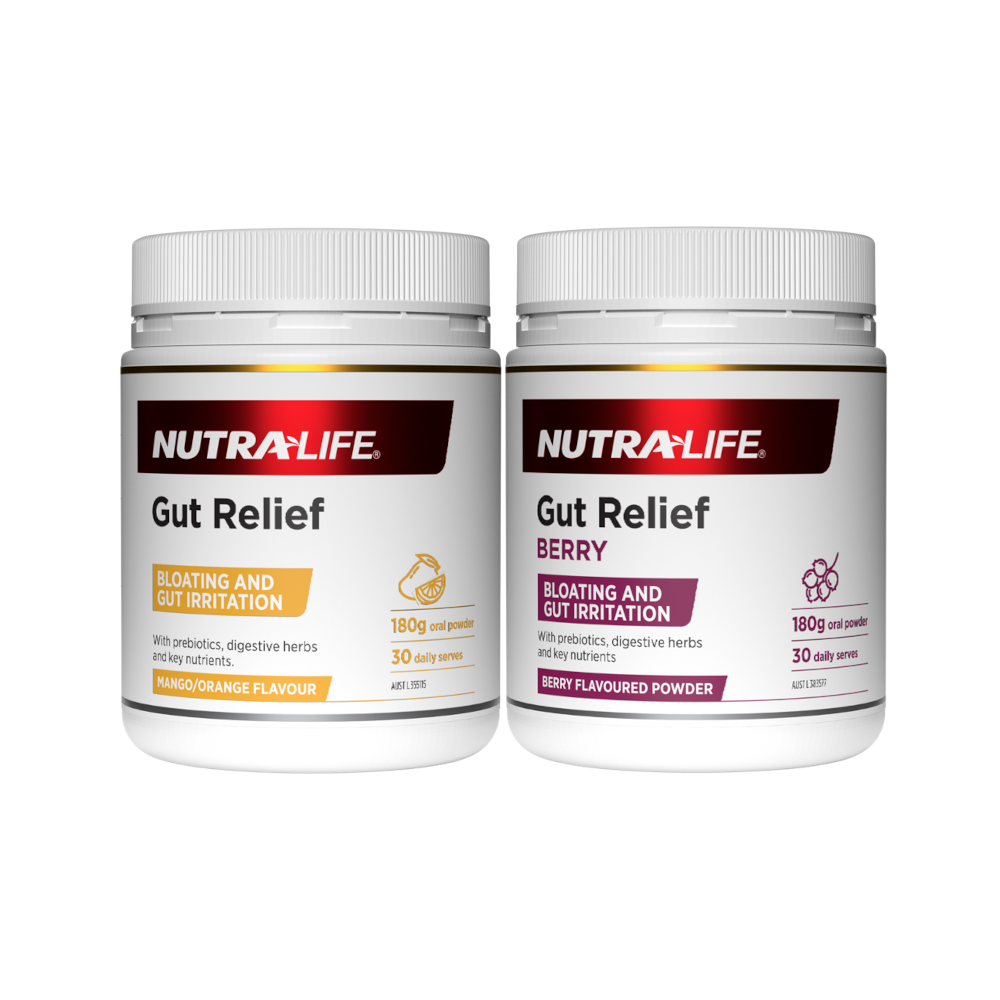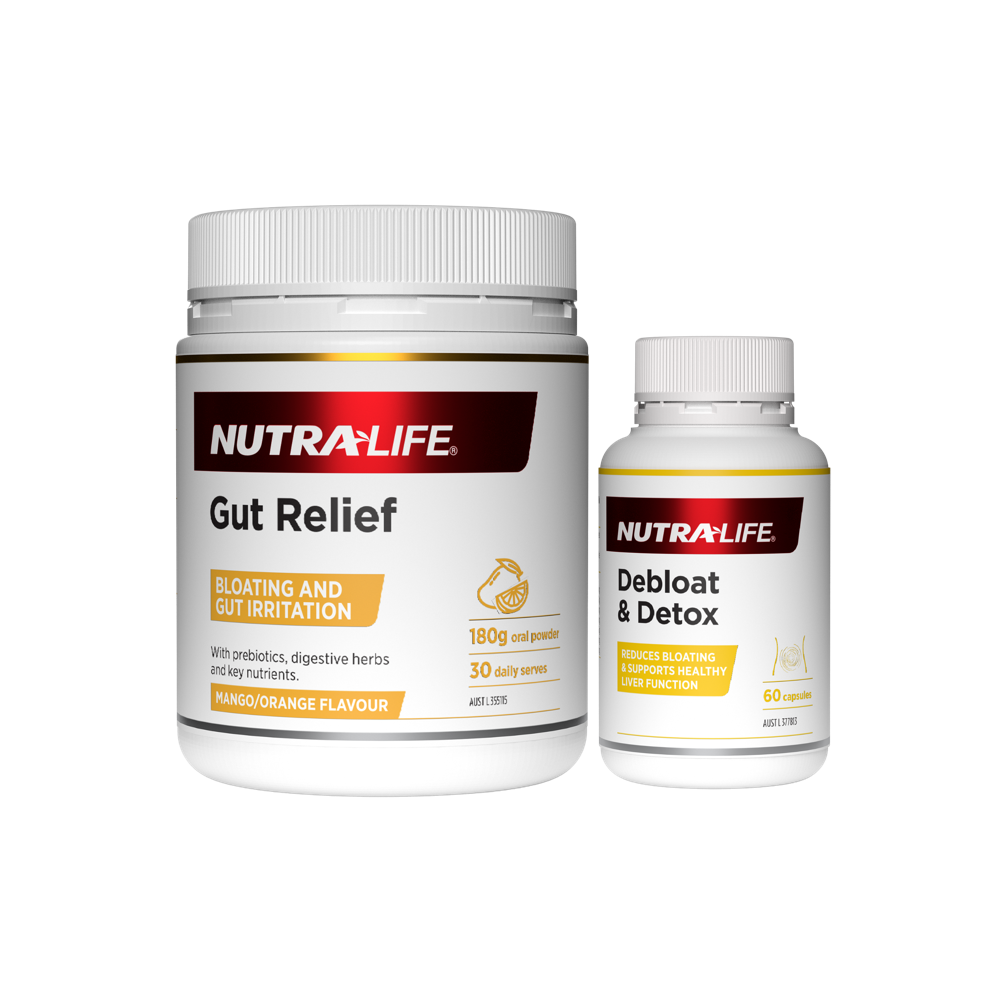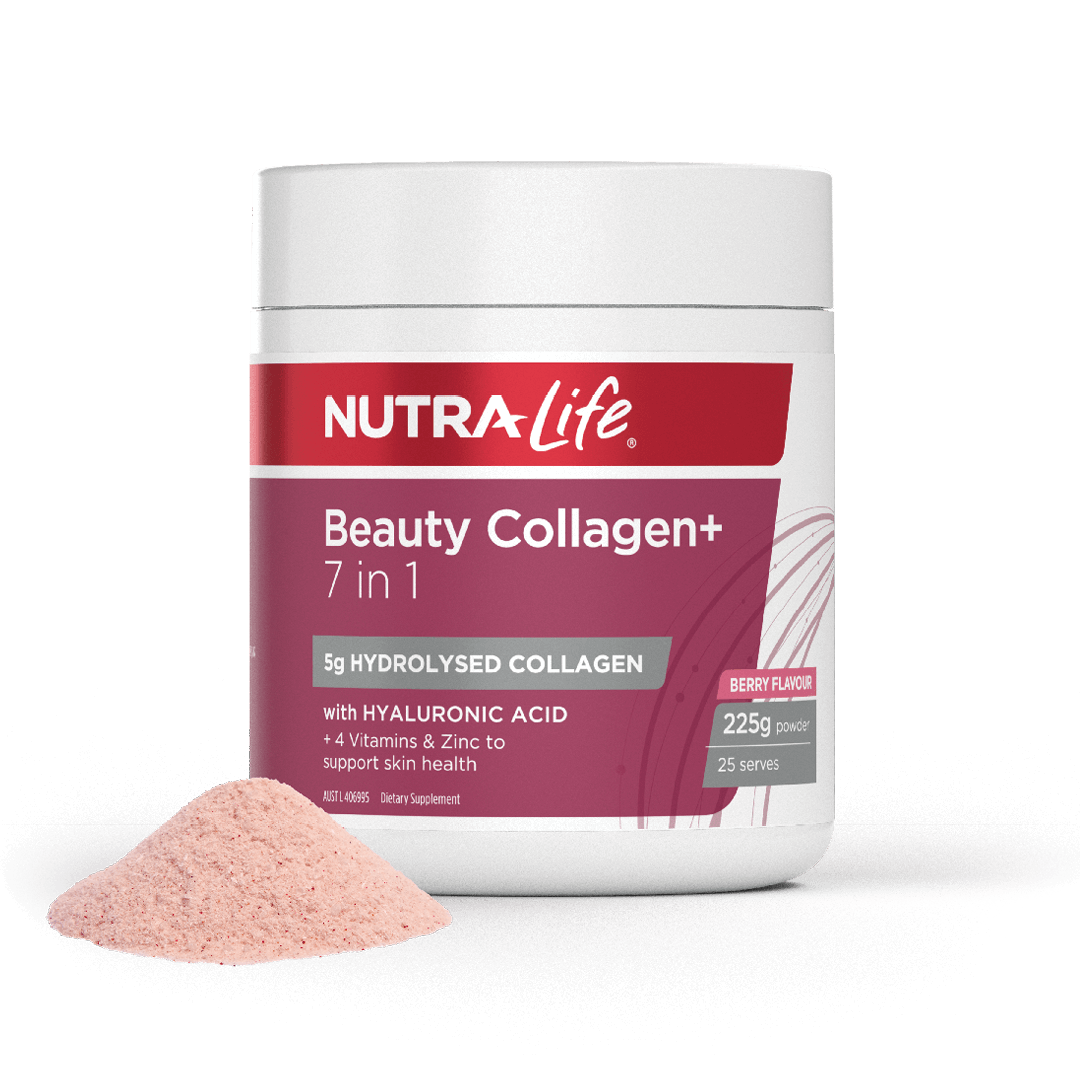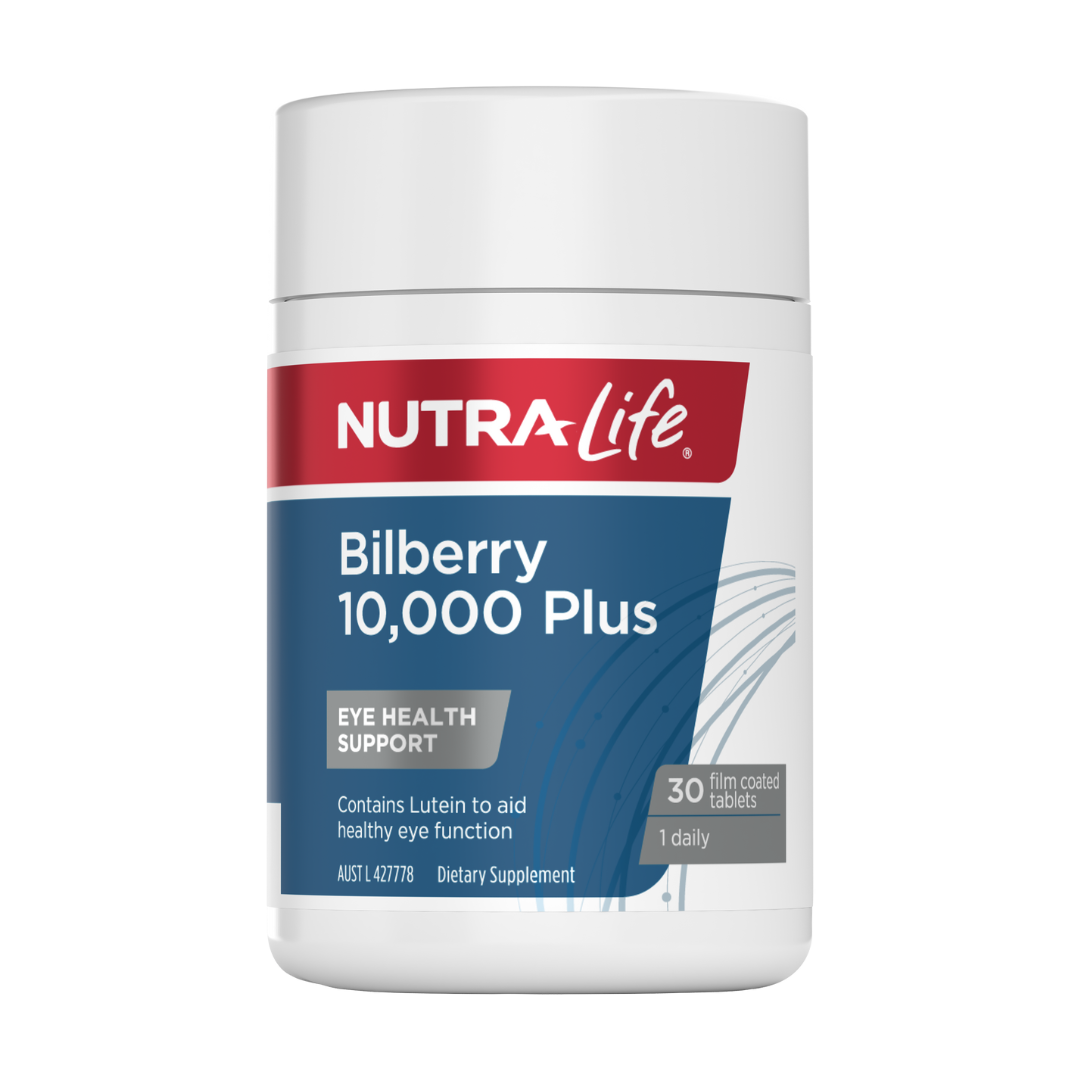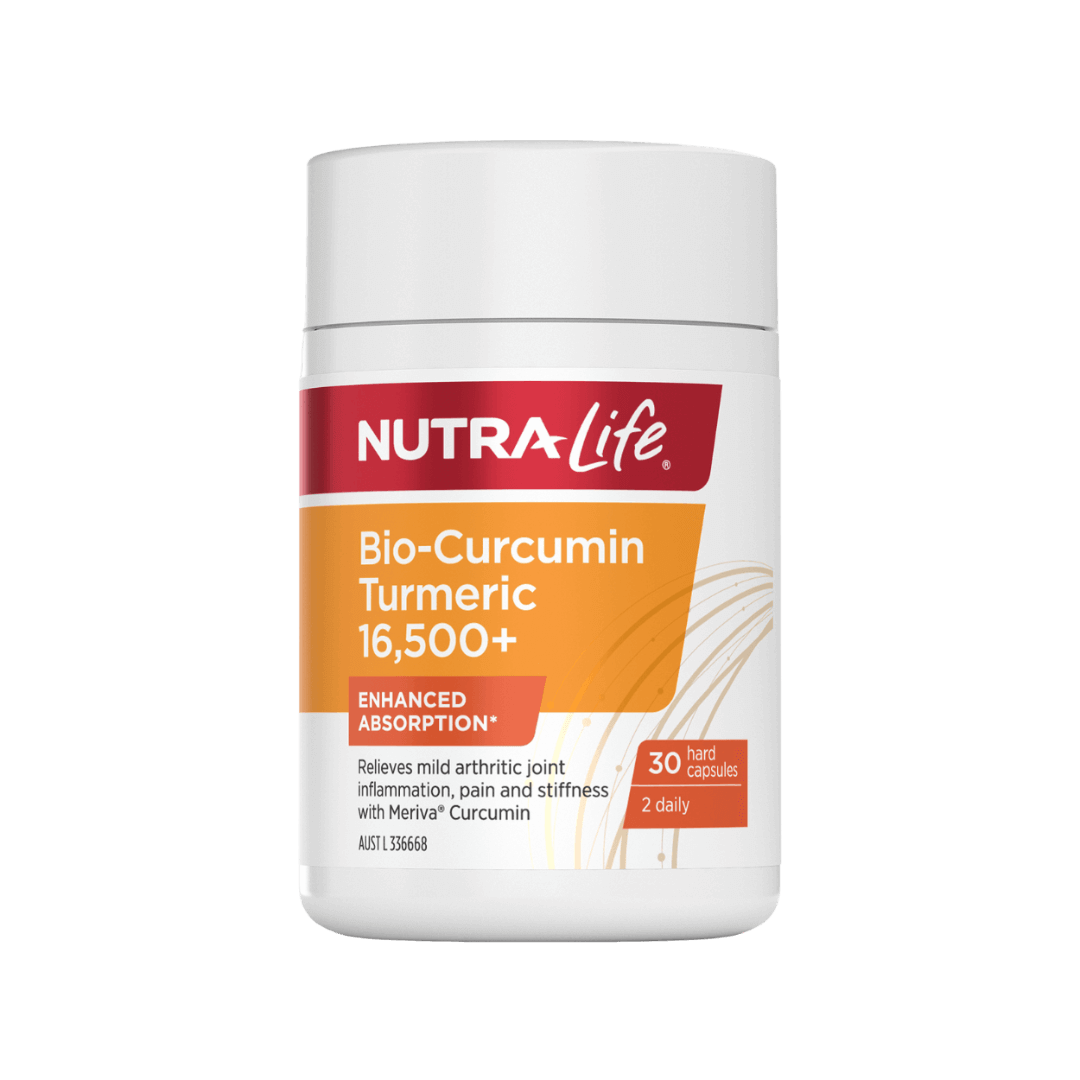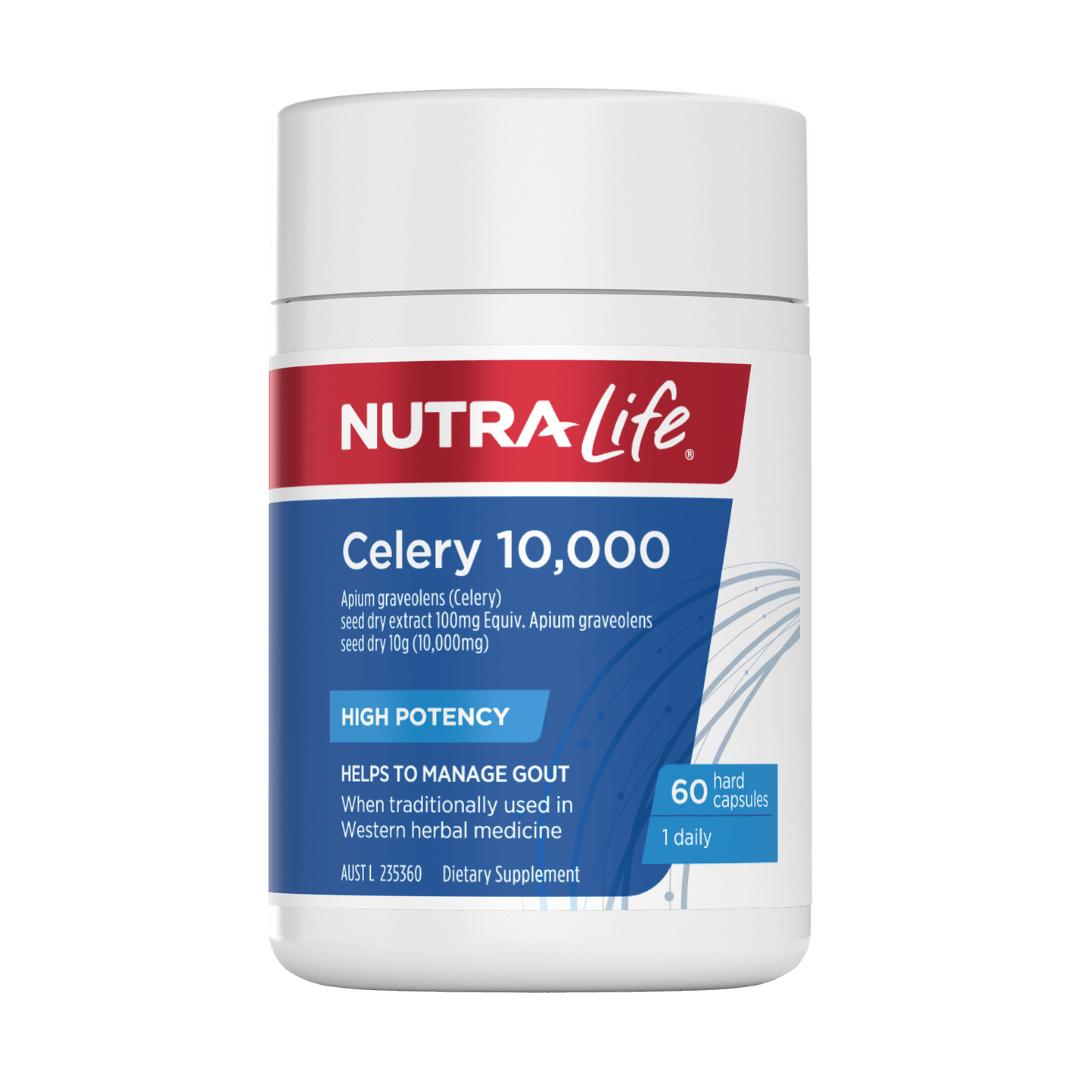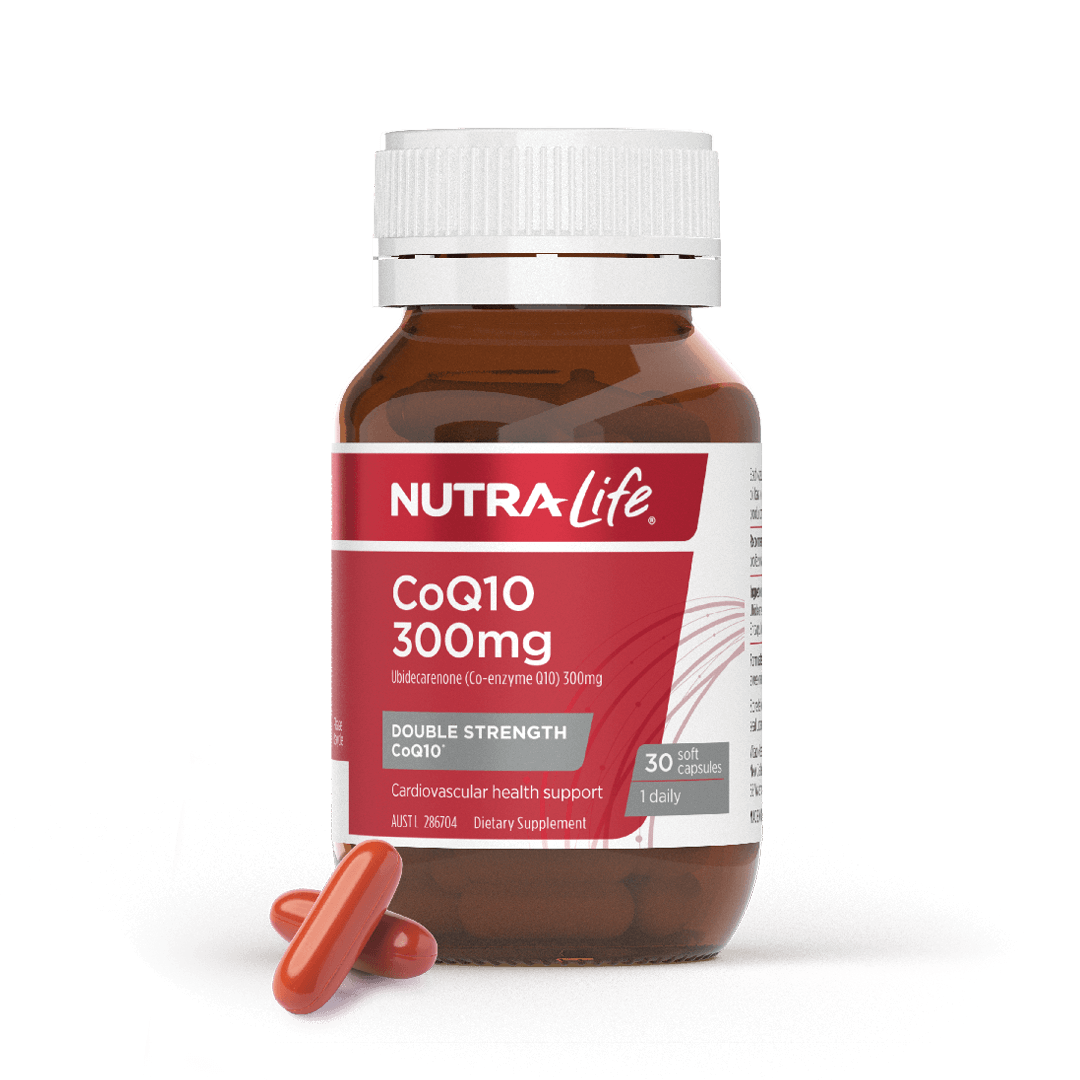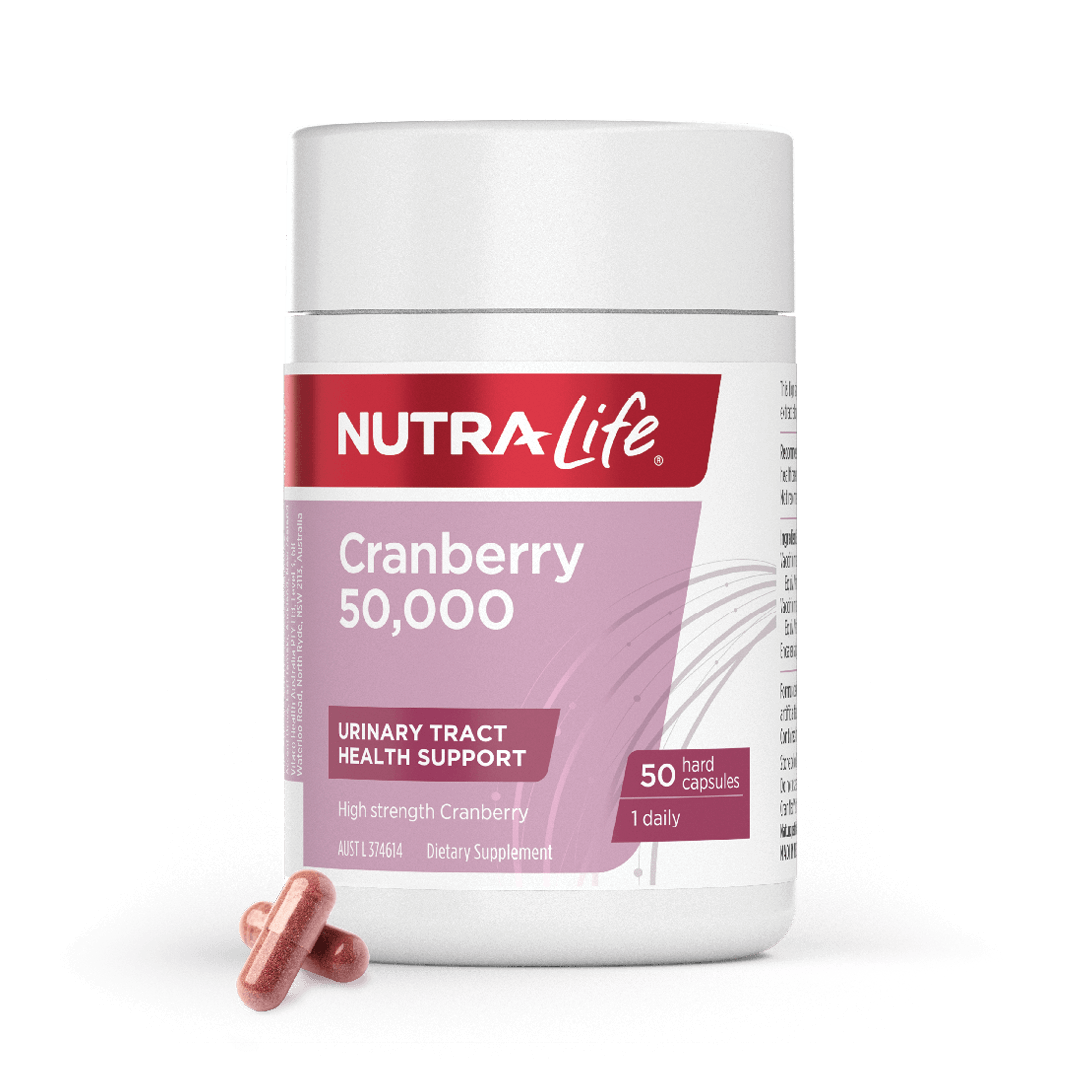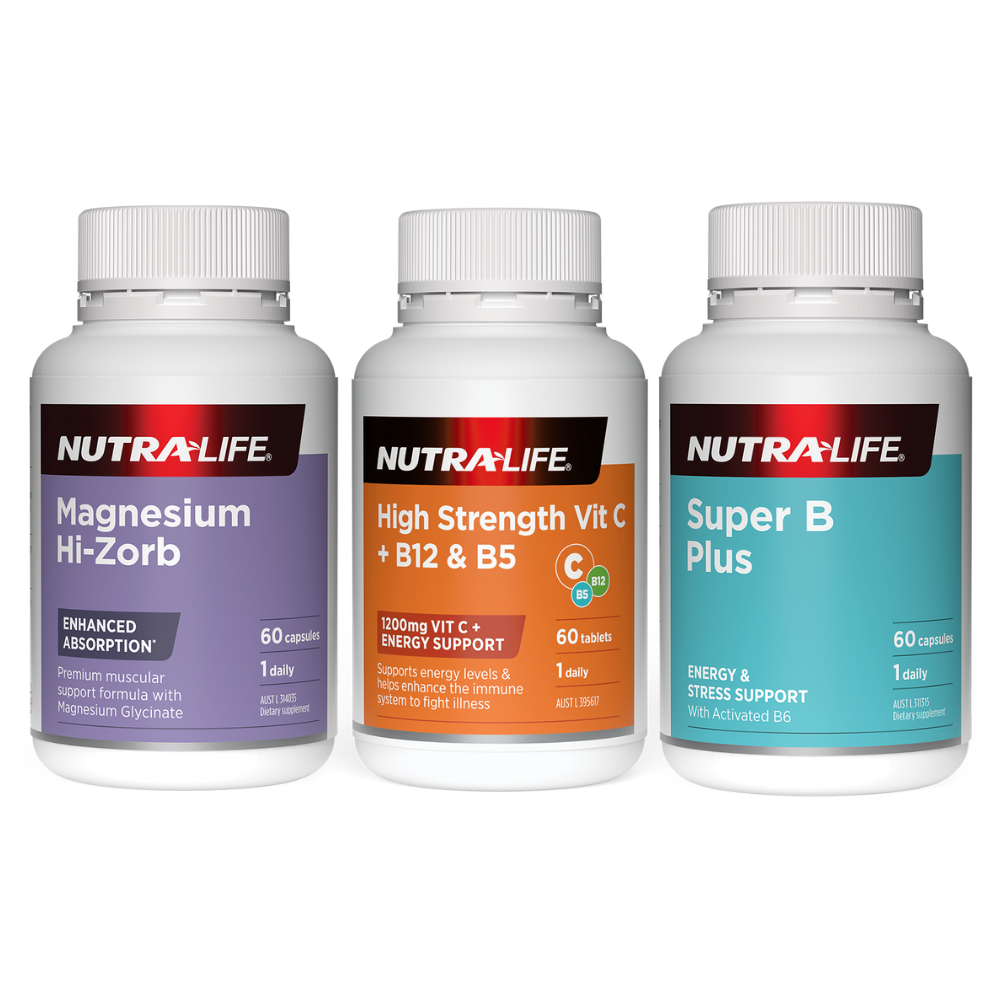Need natural help with your baby’s eczema?
If your baby or toddler suffers from the dry, itchy, flaky skin (along with the restlessness and sensitivity) that characterises eczema, you’ve probably already tried several treatments. But if all the lotions and creams aren’t working, you might be feeling at your wits’ end. If so, it might help to understand what eczema is, and what causes it.What, exactly, is eczema?
The clinical name for eczema is “atopic dermatitis”, and it often shows up in families with a history of other atopic conditions (e.g. asthma and hay fever). It happens when the skin’s moisture barrier fails, leading to dryness, inflammation and itching. Eczema is incredibly common in Australia: up to 33% of people here develop it at some stage (compared to 20% in the rest of the world). And it tends to develop early: over half of all sufferers show signs during their first 12 months. Part of the reason that older children tend to grow out of eczema may be that their skin thickens as they grow. Your baby’s skin is five times thinner than yours, making moisture loss far easier.Triggers for eczema
Eczema is often described as an allergic condition, although recent evidence casts some doubt on this. While nobody is 100% sure of its cause, some common triggers include:- Foods such as dairy products, wheat, citrus, eggs, nuts, seafood, and some food additives.
- Environmental irritants like tobacco smoke, air conditioning, dry weather and certain chemicals.
- Everyday allergens like dust mites, mould and some pollens.
Common external treatments
Most of the commonly recommended treatments are external. They’re about keeping your baby’s skin protected and moisturised, and avoiding the things that dry it out in the first place. So you’ll often see recommendations to:- Avoid using soap-based cleansers or anything with chemicals on your baby’s skin.
- Avoid bathing your baby too often, or making the bathwater too warm.
- Always apply moisturiser after bathing (some experts recommend at least 250g of moisturiser per week!)

